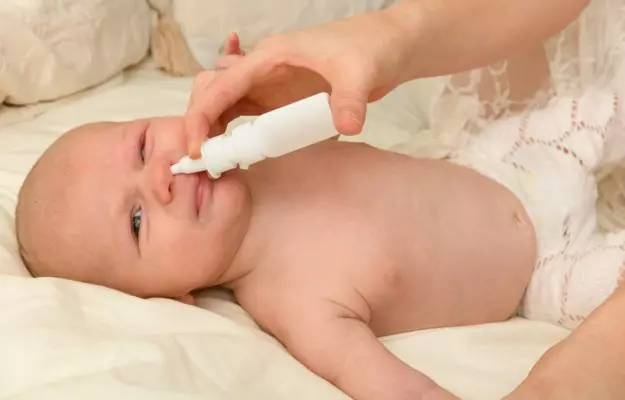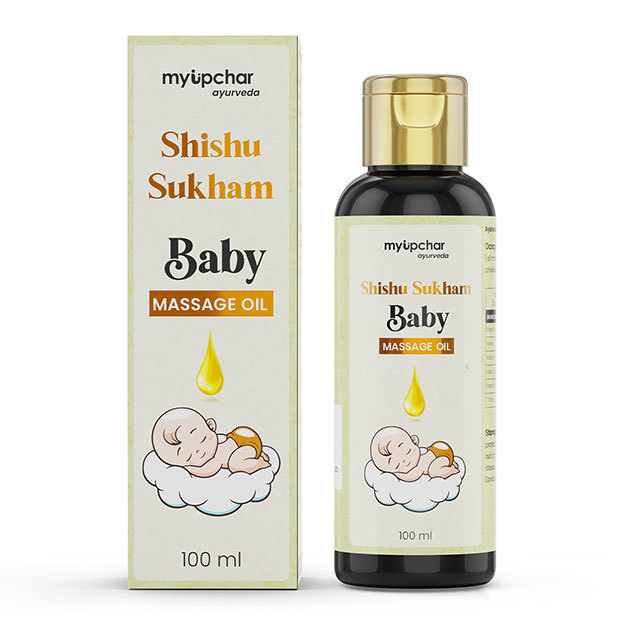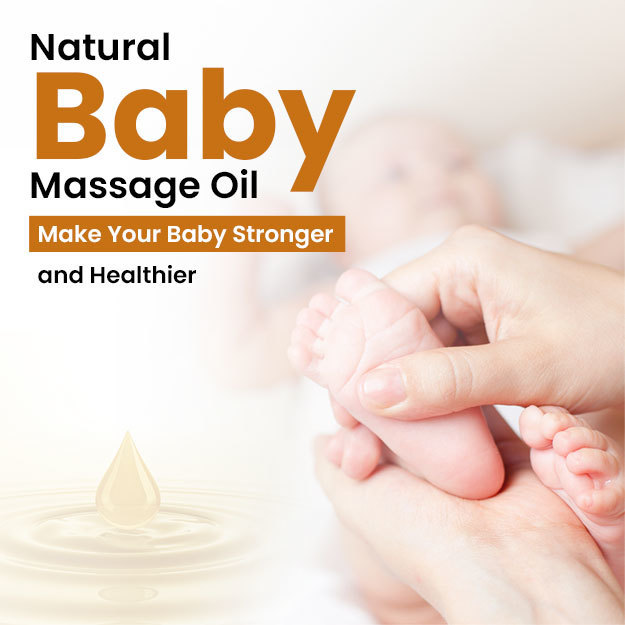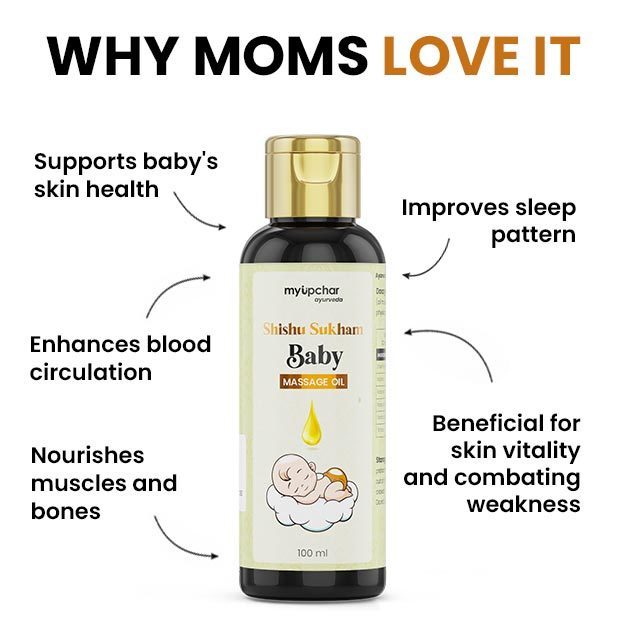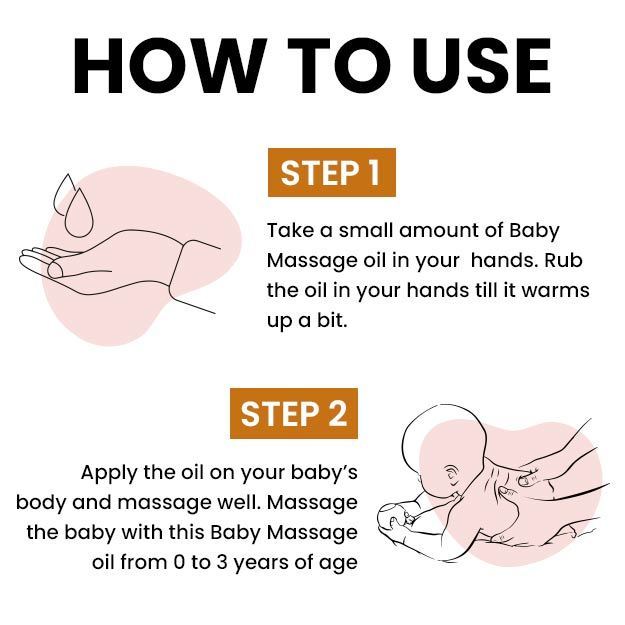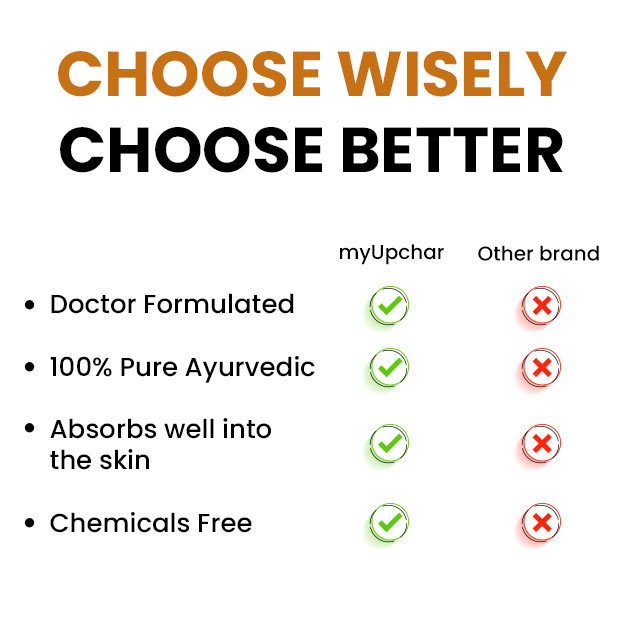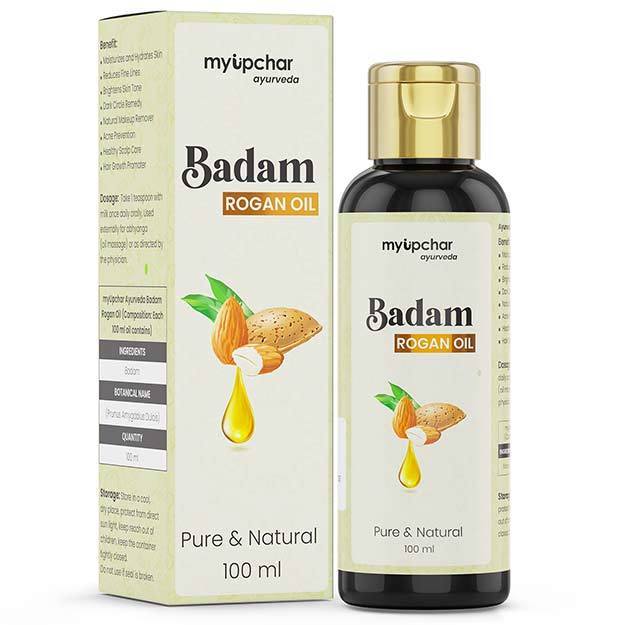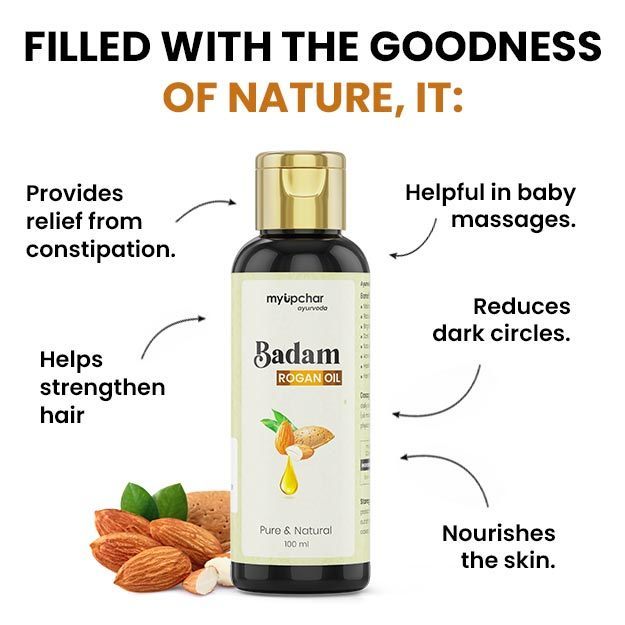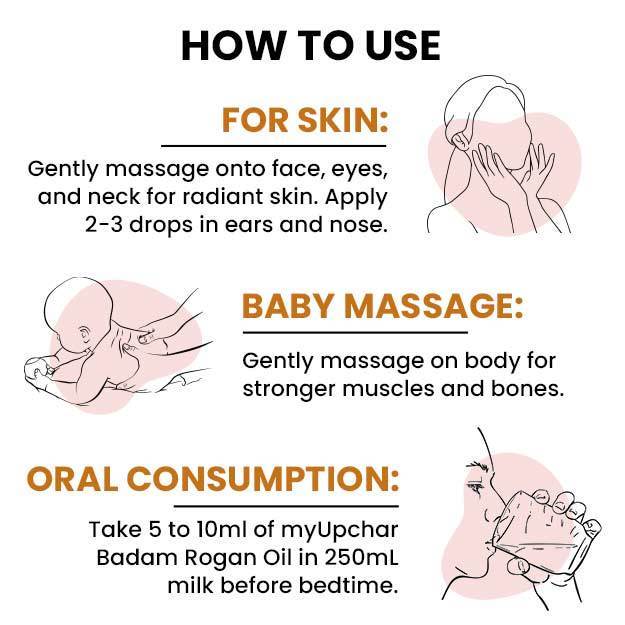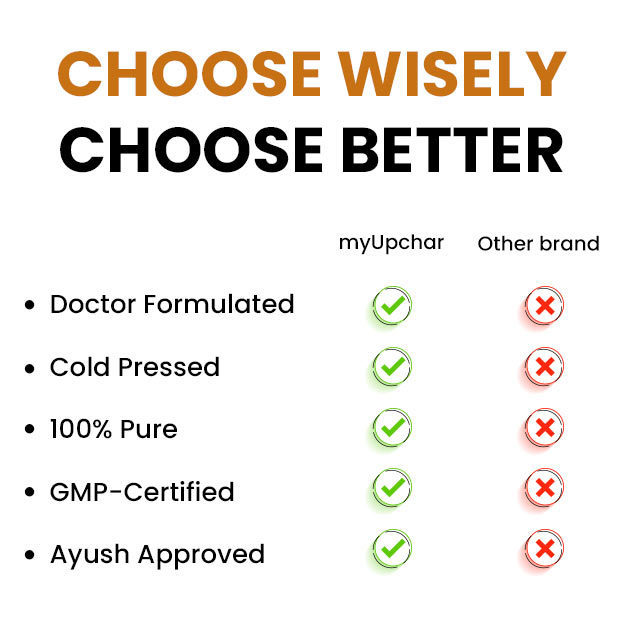Nasal sprays and drops contain medications which may be prescribed by a doctor in the case of a blocked nose (nasal congestion), nose operation, nasal allergies like allergic rhinitis or nasal infection. These medications are delivered directly into the nose for faster and better results.
There are three types of nasal drops and sprays available for the treatment of nasal congestion:
- Decongestant: Decongestants are the medications that reduce the swelling, inflammation and mucus present in the nasal passages.
- Saline solution: These are salt and water solutions, which are medically termed saline. They help in moistening and breaking the mucus and also prevent it from getting rough and crusty in conditions like dry nose.
- Steroid solution: These are available in the form of sprays and contain corticosteroids which help in reducing swelling, inflammation and mucus in the nose.
Nasal sprays and drops containing decongestants and steroids are not recommended for children below the age of two years. Beyond this age also, children should not be given these nasal sprays or drops without a doctor’s prescription. You can give a saline nasal drop to a child without a prescription.
The decongestants used for the children usually contain oxymetazoline, xylometazoline hydrochloride and pseudoephedrine. If given without prescription, these medications can lead to severe side-effects like high blood pressure and increased heart rate (tachycardia) in children.
Read more: Home remedies for mucus
- How to give nasal drops to children
- How to use saline solution nasal drops for babies and children
- Benefits of nasal spray and drops for children
- Side-effects of nasal drops and sprays in babies and toddlers
- Alternatives to nasal sprays and drops for children
How to give nasal drops to children
Children over the age of six years may be given a decongestant if prescribed by a doctor. Follow these steps in order to deliver a nasal spray or drops to your child:
- While purchasing the nasal drops makes sure that the bottle is sealed and the bulb syringe is sterile and packed.
- Hold your child upright or you can also slightly recline them while resting their head back on one of your arms.
- Shake the bottle and pour one or two drops of decongestant in one of the nostrils of your child.
- Let the child stay in the same position for a minute and then wipe off the extra drop that comes out of the nose.
Read more: Asthma in children
How to use saline solution nasal drops for babies and children
You can follow the steps below to deliver saline nasal drops and spray to infants and children:
- Hold your child upright or you can also slightly recline them while resting their head back on one of your arms. While delivering the saline to infants, you can wrap your child in a blanket to secure their arms and legs.
- Shake the bottle and pour two or three drops of saline in one of the nostrils of your child.
- Wait for a few seconds, so that the saline gets deep in your child’s nose. After that take the bulb syringe and push the air out of it by squeezing the bulb.
- While keeping the bulb squeezed, insert the small tip of the bulb syringe in that nostril of your child that had the saline drops in it.
- Once the tip reaches in, release the bulb. This would create suction as the air rushes back into the bulb syringe. The suction sucks out the mucus and extra saline from your child’s nose.
- Expel all the mucus and saline into the sink by squeezing the bulb syringe again.
- Calm your child for a minute before you put saline in the other nostril.
- You can do this up to two or three times a day.
Read more: How to swaddle your baby
Benefits of nasal spray and drops for children
The following are the benefits of nasal spray and drops for children:
- Relieves stuffed mucus from the nose
- Moistens the nose, thus relieving irritation
- Helps in improving the breathing from the nose
Read more: Influenza (flu) in children: symptoms, causes, diagnosis, treatment, prevention
Side-effects of nasal drops and sprays in babies and toddlers
Nasal drops and sprays containing decongestants and steroids can lead to various side-effects, especially in children under the age of six. Some of these side-effects are:
- Dizziness
- Blurred vision
- Nausea
- Headache
- Unable to sleep
- High blood pressure (in severe cases)
- Increased heart rate (in severe cases)
Alternatives to nasal sprays and drops for children
Other than saline nasal drops, you can use the following measures to provide relief to your child:
- Humidifier: You can use a cool-mist humidifier to help shrink the nasal passages thus allowing better breathing.
- Drinking water: Make sure that your child is well hydrated as it will help relieve cold sooner.
- Antipyretics: Check with your doctor if you can baby paracetamol and ibuprofen to the child for relieving the fever and body pain that usually accompanies cold.
Read more: Home remedies for fever
Doctors for Nasal spray and nasal drops for babies and children

Dr. Anil Pathak
Pediatrics
42 Years of Experience

Dr. Pritesh Mogal
Pediatrics
8 Years of Experience
Dr Shivraj Singh
Pediatrics
13 Years of Experience


